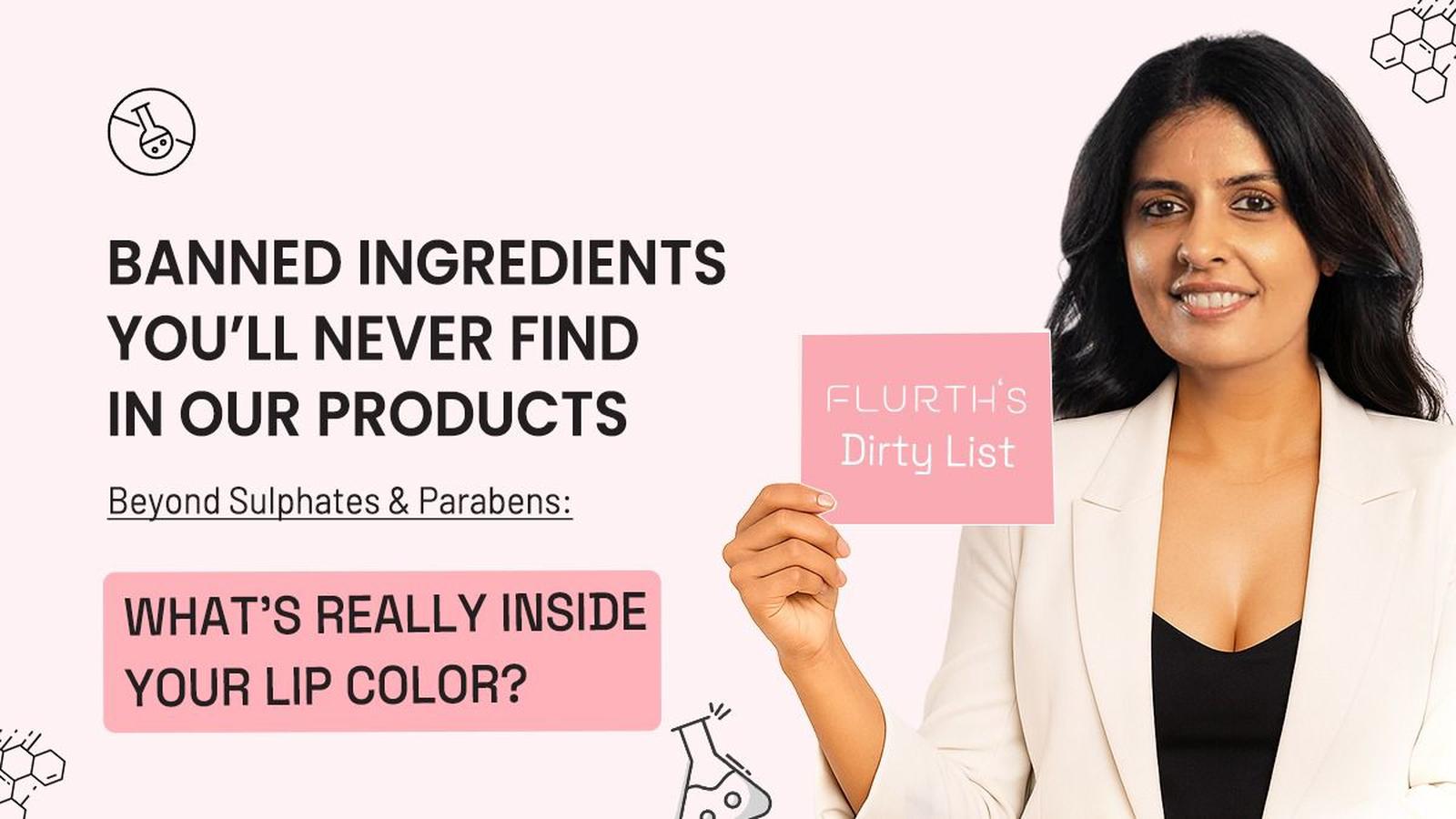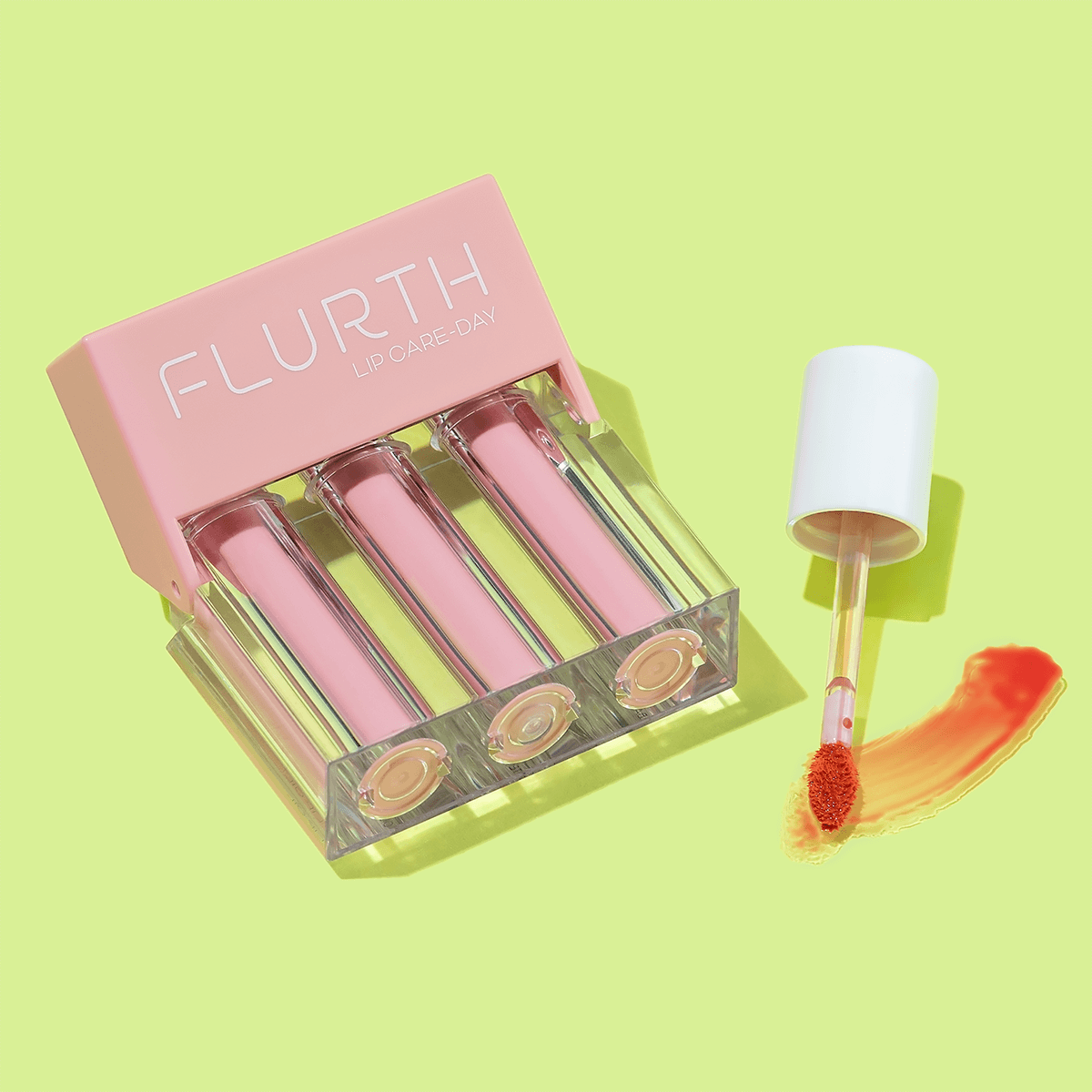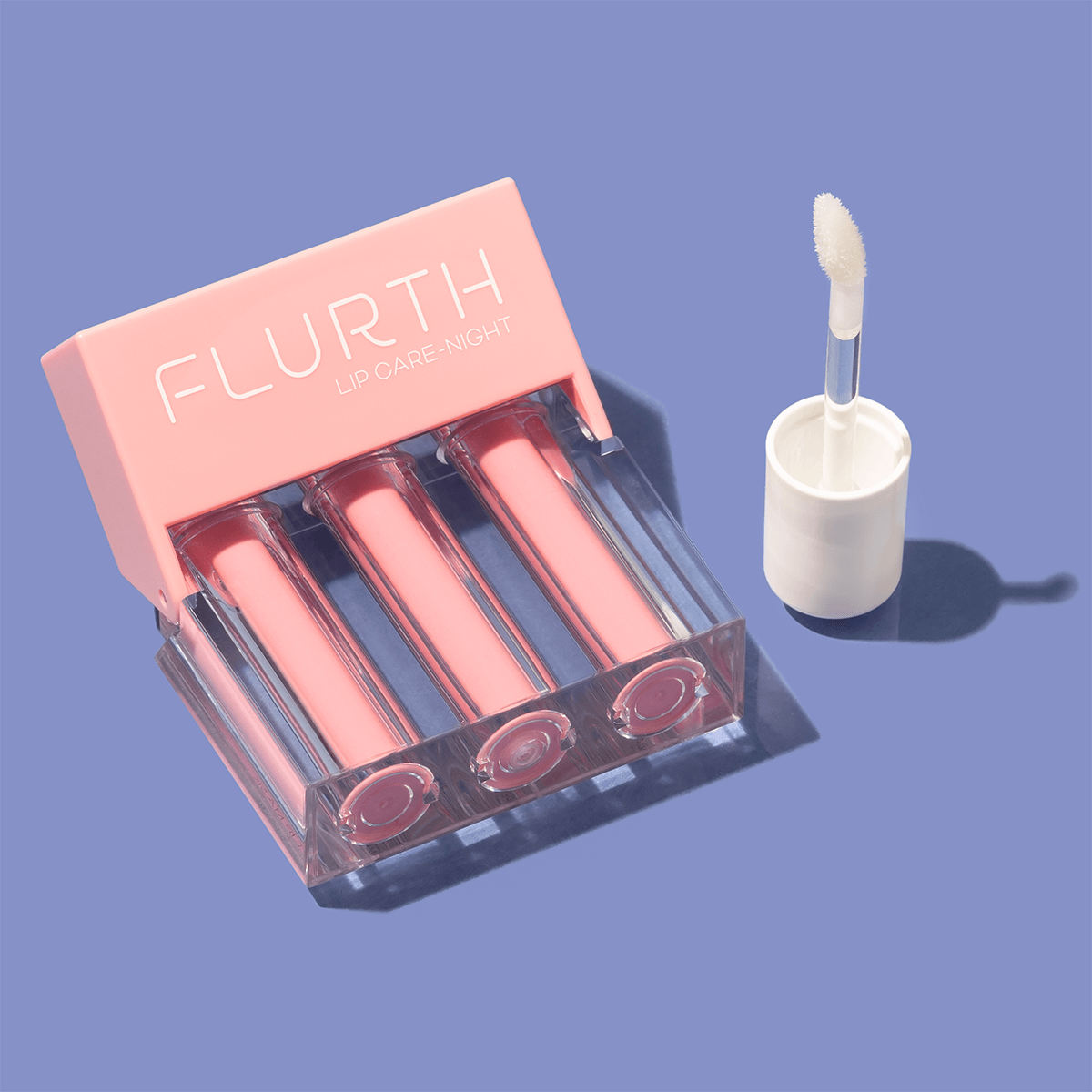
The Hidden Colors in Your Lip Products: What Clean Beauty Doesn’t Tell You
Beyond Sulphates & Parabens: What’s Really Inside Your Lip Color? When we talk clean beauty, avoiding sulfates and parabens is just step one.
The Hidden Colors in Your Lip Products: What Clean Beauty Doesn’t Tell You
When we talk about clean beauty, most people stop at avoiding sulfates and parabens. That’s step one — but when it comes to lip care and color, the scrutiny needs to go much deeper.
Why? Because unlike most skincare, what you put on your lips often ends up inside your body. Every sip of coffee, every bite of food, every casual lick — you’re ingesting those pigments and additives.
So let’s uncover the truth about lip colorants — the hidden dyes and pigments that may look harmless on a label, but carry real health and environmental risks.
What Are Colorants in Lip Products?
Colorants are pigments that give your lipstick, balm, tint, or gloss its shade and shine. On an ingredient list, you’ll see them labeled as CI numbers (like CI 42090 = Blue 1, or CI 15850 = Red 6 Lake) or listed as FD&C/D&C dyes.
They’re often highlighted as a marketing feature — “vivid red pigments”, “bold blue undertones” — but not all colorants are created equal.
Why the EU Strictly Regulates Lip Colorants
The European Union regulates all cosmetic colorants under Regulation (EC) No. 1223/2009 (Annex IV). Only approved colorants are allowed — and even then, they come with strict rules about:
- Purity requirements (to prevent heavy-metal contamination like lead or mercury).
- Concentration limits, especially for products used near the mouth.
- Safety data reviewed by the SCCS (Scientific Committee on Consumer Safety).
Why? Because certain dyes and pigments have been linked to:
- Heavy-metal contamination from coal-tar or synthetic dyes
- Carcinogenicity and hormone disruption in some azo dyes and BHT
- Allergic reactions to carmine or fragrance-based colorants
- Nanoparticle buildup in white pigments like silver or titanium dioxide
Commonly Banned or Restricted Lip Colorants
Carmine (CI 75470)
✅ Allowed with disclosure
Allergic reactions; insect-derived
Benzyl Benzoate
⚠️ Restricted use limits
Skin allergies, endocrine effects
BHT (Butylated Hydroxytoluene)
❌ Banned (Category 1B CMR)
Carcinogen, hormone disruptor
Synthetic Dyes (Red 6 Lake, Blue 1)
✅ Allowed with strict purity
Heavy-metal contamination, irritation
Silver Powder
✅ Allowed ≤0.2% in lip products
Tissue discoloration, kidney accumulation
Microplastic Glitter
❌ Banned (2023, effective post-2029)
Oral ingestion, environmental harm
Health Concerns You Should Know
- Allergies & inflammation → Carmine, fragrance-linked dyes
- Heavy-metal ingestion → Especially lead, cadmium in cheaper synthetics
- Endocrine disruption & carcinogenicity → Synthetic dyes, BHT
- Nanoparticle toxicity → Silver, titanium dioxide in nano form
- Environmental harm → Microplastic glitters = PFAS & ocean pollution
How the EU Protects Consumers
- Annex IV lists exactly which colorants are approved for use in cosmetics.
- Each has specific concentration caps and allowed usage zones.
- Any colorant not listed in Annex IV = automatically banned.
- Allergens must be fully disclosed when exceeding thresholds.
- New colors undergo years of safety evaluation before approval.
In contrast? In many countries — including India — cosmetic regulation is still catching up. What’s sold as “clean” may still include colorants the EU would never allow near your lips.
Why This Matters to You
If you’re in India or outside the EU, there’s a real chance your lip products may still contain:
- Microplastic glitter
- Unapproved azo dyes
- BHT and synthetic stabilizers
Just because it’s legal doesn’t mean it’s safe.
Flurth’s Take
At Flurth, we don’t stop at what’s legal. We stop at what’s safe.
- ❌ No banned colorants — ever
- ❌ No microplastic glitter or questionable nano-metals
- ✅ Only EU-approved dyes, in safe concentrations
- ✅ Full transparency in labeling
Because your lips deserve more than color. They deserve clarity, care, and safety.




